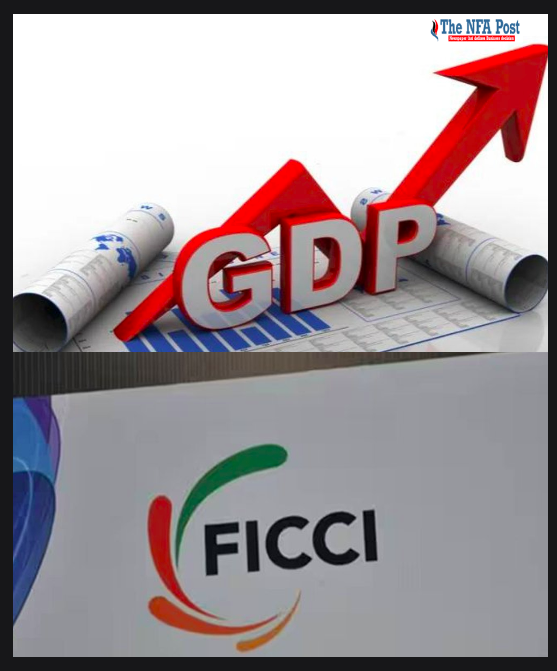The Consumer Price Index (CPI)-based inflation is expected to remain at 5.5% in FY24, with a range of 5.3% to 5.7 %
New Delhi, NFAPost: The Indian economy is projected to grow by 6.3% in FY24, according to the latest Economic Outlook Survey released by the Federation of Indian Chambers of Commerce and Industry (FICCI).
This growth is attributed to a robust financial sector, strong urban demand, an uptick in private investment due to the government’s front-loading of capital expenditure, a resurgence in the real estate sector, and the forthcoming festive season.
The survey was conducted in September 2023 and garnered responses from leading economists in the industry, as well as the banking and financial services sector.
Compared to the 7.2% growth registered in FY23, the Gross Domestic Product (GDP) is expected to moderate in the current financial year. The survey provides a median GDP growth forecast of 6.3 % for FY24, with a range of 6.0 % to 6.6 %.
However, the report also flags persisting downside risks to growth, including geopolitical tensions, China’s slowing growth, the lagged impact of monetary tightening, and below-average monsoons. Growth in agriculture and allied sectors is expected to decline to 2.7 %, down from 4 % in FY23, primarily due to the impact of the El Nino effect on rainfall distribution. The industry and services sectors are expected to grow by 5.6 % and 7.3 %, respectively.
The Consumer Price Index (CPI)-based inflation is expected to remain at 5.5 % in FY24, with a range of 5.3 % to 5.7 %. The survey notes that while the peak of the inflation rate may have been reached, risks remain. Factors contributing to these risks include sticky cereal prices, contraction in the acreage of pulses and oilseeds under kharif crops, and potential disruptions from geopolitical tensions affecting sunflower oil imports from Ukraine and Russia.
As for investments, the survey indicates that the government’s focus on capital expenditure has stimulated private investment, supporting growth momentum. However, it suggests that it will take some time for investment activity to reach full momentum and that any further recovery in private investments will be spurred by a rise in consumption activity, both domestic and external.





